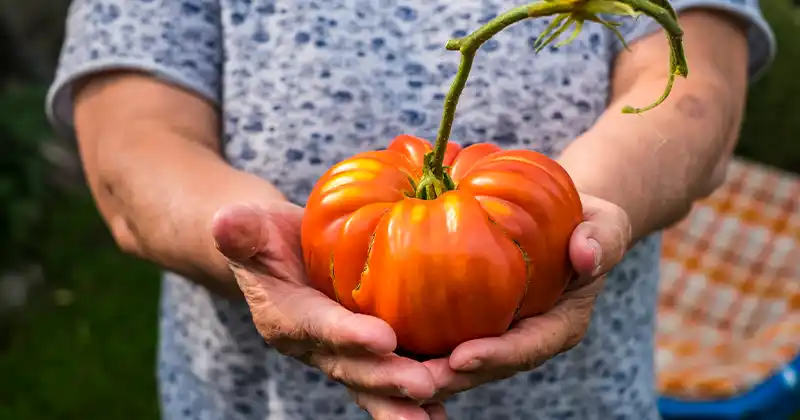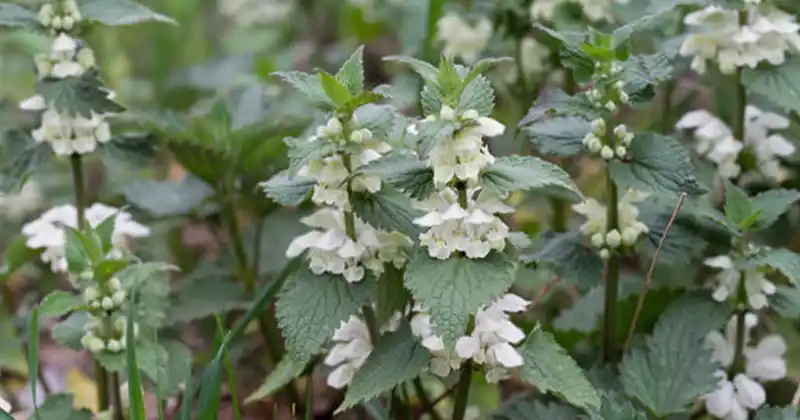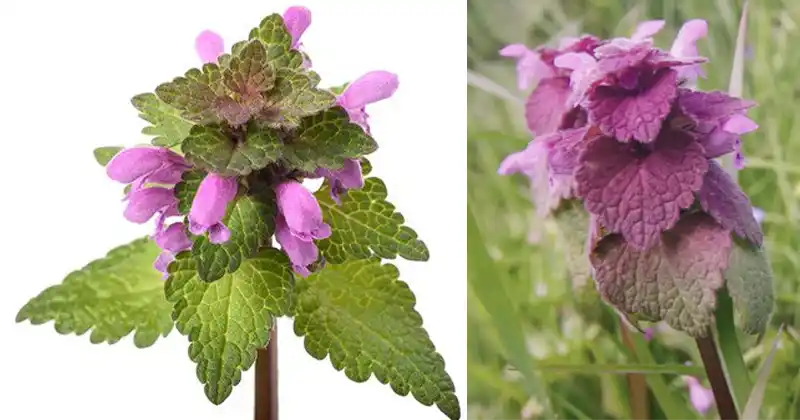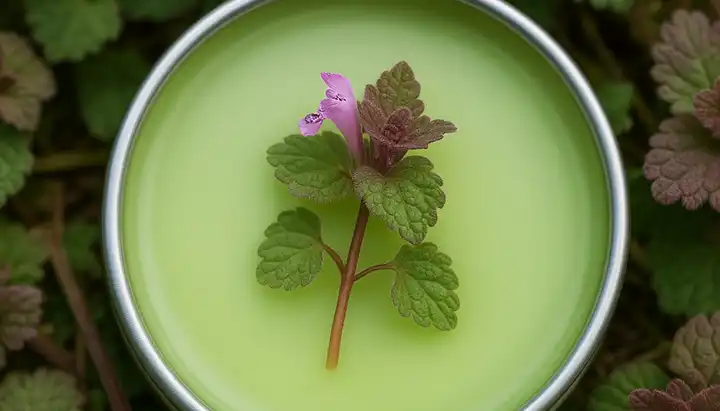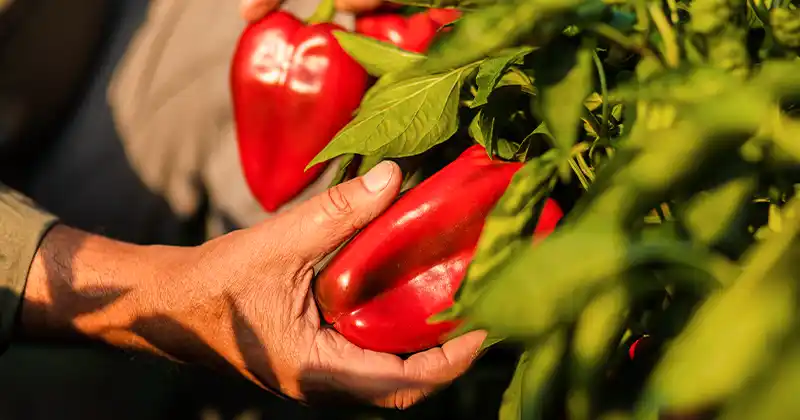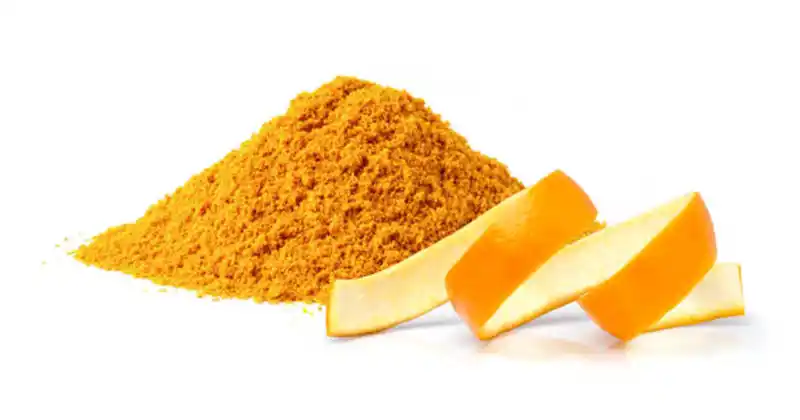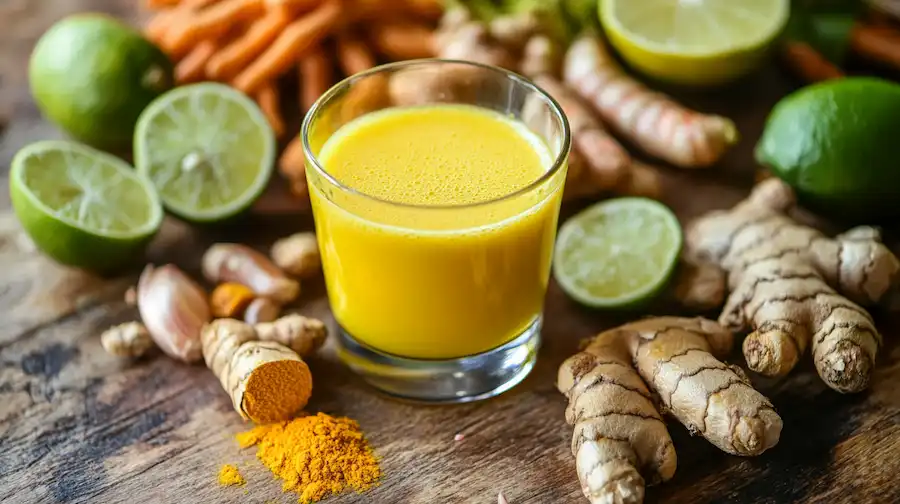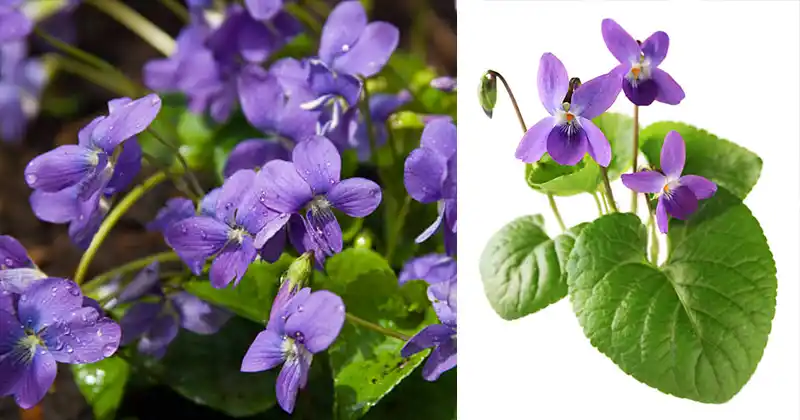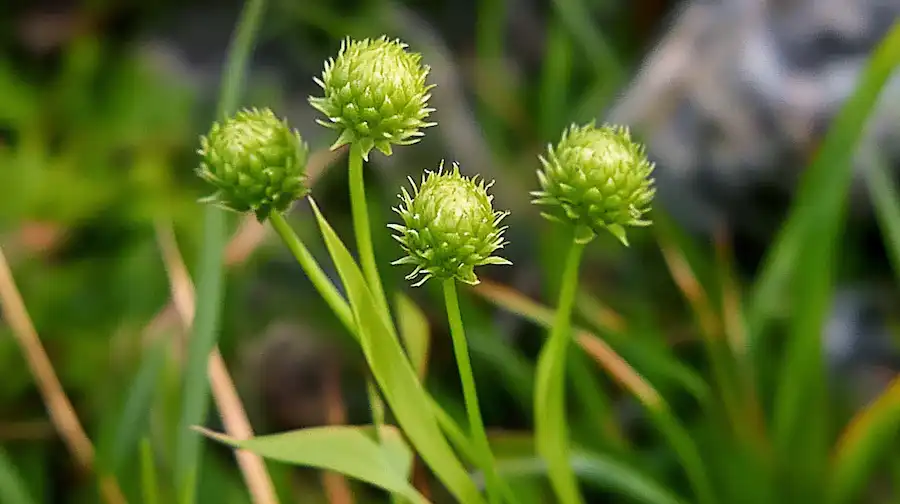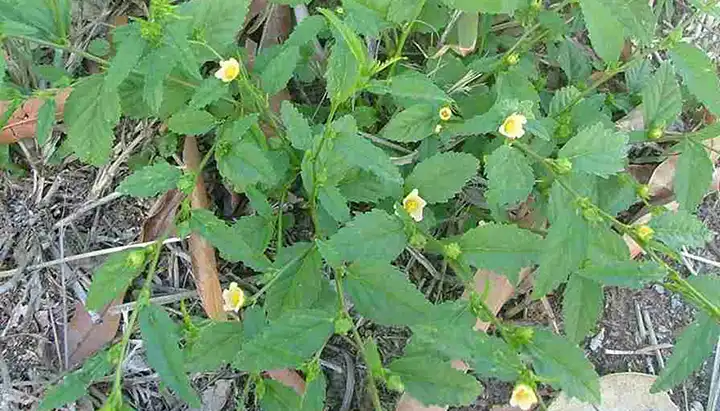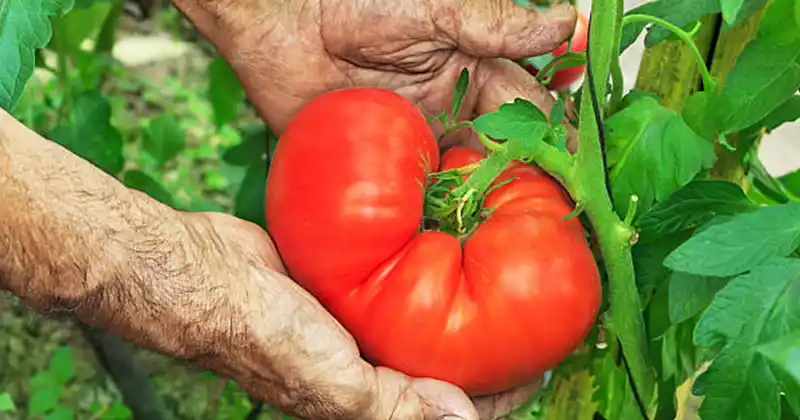The Secret to Growing Huge Potatoes: A Comprehensive Guide
Growing potatoes that are not only large in size but also rich in quality requires more than just basic gardening skills. It involves an understanding of the right nutrients and care. Potatoes, like any other plant, need specific conditions and nutrients to thrive. While many gardeners focus on nurturing other vegetables like tomatoes or cucumbers, potatoes often don’t receive the attention they deserve. Here’s a detailed guide on how to nourish your potatoes throughout the growing season for a bountiful harvest.

Understanding the Nutritional Needs of Potatoes
Potatoes thrive on a balanced diet of phosphorus and potassium. These elements are crucial for the healthy development of plants, promoting vigorous root growth and aiding in disease resistance. Phosphorus is essential for the general health and vigor of potatoes, helping them in energy storage and transfer, photosynthesis, and nutrient movement within the plant. Potassium, on the other hand, is vital for overall plant health. It regulates many critical processes, including water uptake and the synthesis of plant sugars used as food.
Timing and Techniques for Fertilization
The key to maximizing potato yields lies in the timing of fertilization. It’s not enough to merely fertilize at planting; potatoes benefit significantly from additional feeding throughout their growth cycle. This approach ensures they receive adequate nutrients as they develop, leading to larger and healthier potatoes.
Homemade Potato Fertilizer Recipe
For those who prefer organic gardening, creating a homemade fertilizer can be both rewarding and effective. Here’s a simple yet powerful recipe that you can make with readily available materials:
- Superphosphate: This ingredient is rich in phosphorus, essential for energy transfer and photosynthesis.
- Wood Ash: A natural source of potassium, which helps in the regulation of various plant functions, including growth and water intake.
Fertilizer Preparation:
- Ingredients:
- 1 tablespoon of superphosphate
- 3 cups of wood ash
- Dissolution:
- Dissolve the superphosphate and wood ash in 10 liters of water, ensuring it mixes thoroughly.
- Application:
- Apply half a liter of this mixture directly under each potato plant. This amount is sufficient to nourish the plants without overwhelming them.

Why This Method Works
Applying a phosphorus and potassium-rich fertilizer under the potato bushes ensures that the nutrients are readily available to the plant’s roots, where they are most needed. This direct feeding helps in the rapid development of a strong root system, which is crucial for the growth of large potatoes.
Additional Tips for Potato Growth
- Soil Preparation: Before planting, ensure your soil is well-tilled and free of large clumps. Potatoes prefer loose, well-draining soil to prevent waterlogging and ensure easy root growth.
- Watering: Potatoes need a consistent amount of moisture, especially once tubers start forming. Water regularly, but be careful not to over-water, as this can lead to rot.
- Pest and Disease Management: Keep an eye out for signs of pests or diseases. Early detection and treatment can prevent damage to your crop.
- Harvesting: Wait until the foliage has died back before harvesting to ensure the potatoes have reached their full size and flavor profile.
In conclusion, while potatoes are often seen as low-maintenance plants, the secret to growing large, tasty potatoes lies in regular and targeted fertilization. By understanding the specific needs of your potato plants and applying a homemade phosphorus and potassium-rich fertilizer, you can dramatically improve both the yield and quality of your potato harvest. Remember, successful potato growing is a combination of the right nutrients, watering, and care.
